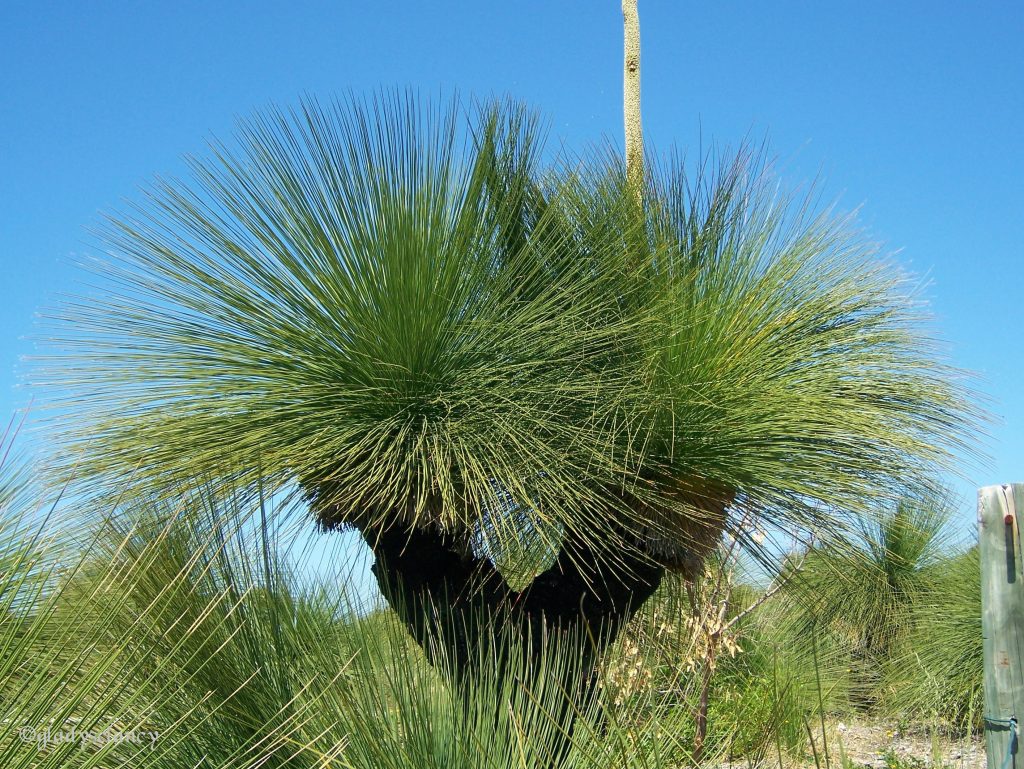Best Practices How To Propagate Xanthorrhoea of all time Don't miss out!
If you're looking to add an eye-catching and unique plant to your garden, then xanthorrhoea might just do the trick. This species, also known as grass tree, is native to Australia and is known for its intriguing aesthetics and hardiness.
While propagating xanthorrhoea might seem difficult, it can be done with proper technique and care. Some potential obstacles you may face include a long germination period and low success rates. But fear not, as this guide will provide you with tips and tricks on how to successfully propagate xanthorrhoea for a gorgeous addition to your garden.
How to propagate xanthorrhoea
The first step in propagating xanthorrhoea is to collect fresh seeds. You can do this by finding mature plants and collecting the seeds that fall from the long flower spikes. Once you have the seeds, it's recommended to soak them in water for 24 hours to improve their chances of germinating.
Next, prepare your potting mix. Xanthorrhoea prefers well-draining soil and is adapted to low-nutrient environments, so a gritty, sandy mixture is ideal. Once your mixture is prepared, fill a pot with it and plant the seeds no deeper than 1cm.
Make sure the pot is placed in a sunny location and is watered regularly, but not too frequently as xanthorrhoea can be prone to root rot. If you're planting multiple seeds, make sure to space them out and consider thinning out the weaker seedlings as they grow.
My experience propagating xanthorrhoea
When I attempted to propagate xanthorrhoea for the first time, I faced some initial setbacks. My first batch of seeds didn't germinate at all, potentially due to a lack of soaking beforehand. But I persevered and tried again with freshly collected seeds that I soaked beforehand, and saw much more success with a few young seedlings sprouting up. I made sure to water them sparingly and placed them in a sunny spot, and eventually transplanted them to my garden where they thrived.
How to care for young xanthorrhoea plants
After your xanthorrhoea seedlings have grown a few centimeters tall, you can transplant them outside to your garden. It's important to note that young xanthorrhoea plants are susceptible to root rot, so make sure to plant them in well-draining soil and avoid over-watering.
In their first year of growth, xanthorrhoea plants should be watered more frequently, as they establish their root systems. However, once they are established, they can thrive on natural rainfall alone.
Tips for successful xanthorrhoea propagation
- Collect fresh seeds and soak them for 24 hours before planting.
- Plant seeds no deeper than 1cm and space them out if planting multiple.
- Use well-draining, sandy soil and water sparingly to avoid root rot.
- Transplant young xanthorrhoea plants carefully and avoid over-watering.
- Once established, xanthorrhoea thrives on natural rainfall alone.
Common mistakes in xanthorrhoea propagation
- Planting seeds too deeply or in poor-quality soil.
- Over-watering or under-watering young plants.
- Transplanting young plants too soon or in poor-quality soil.
- Expecting quick germination or growth, when xanthorrhoea can take months or even years to establish.
FAQ about xanthorrhoea propagation
Q: How long does it take for xanthorrhoea to germinate?
A: Xanthorrhoea can take anywhere from a few weeks to a few months to germinate, and some seeds may not germinate at all.
Q: Can xanthorrhoea be propagated from cuttings?
A: No, xanthorrhoea cannot be propagated from cuttings as it does not have a traditional stem structure. Seeds are the only way to propagate xanthorrhoea.
Q: Can xanthorrhoea be grown in humid environments?
A: While xanthorrhoea is adapted to low-nutrient environments, it can also grow in areas with a higher nutrient content. However, overly humid environments can cause xanthorrhoea to rot, so make sure to plant it in a sunny, well-ventilated area.
Q: When is the best time to plant xanthorrhoea seeds?
A: Xanthorrhoea seeds can be planted year-round, but it's recommended to plant them in the late summer or early fall, as this is when they naturally fall from mature plants.
Conclusion of how to propagate xanthorrhoea
Successfully propagating xanthorrhoea takes patience and proper care, but the end result is a beautiful and unique addition to your garden. By following the tips and tricks outlined in this guide, you can ensure high germination rates and thriving young plants. Remember to provide your xanthorrhoea with well-draining soil, plenty of sunlight, and avoid over-watering for beautiful and healthy growth.
Gallery
Xanthorrhoea Gracilis - Apace WA

Photo Credit by: bing.com / xanthorrhoea gracilis au
Xanthorrhoea

Photo Credit by: bing.com / xanthorrhoea grasstree endemic dewiki dic
I Think It's A Type Of Xanthorrhoeaceae, But Can Anyone Give Me More

Photo Credit by: bing.com /
Xanthorrhoea Preissii - Apace Aid WA

Photo Credit by: bing.com / xanthorrhoea preissii
Xanthorrhoea Gracilis - Geographe Plants

Photo Credit by: bing.com / gracilis xanthorrhoea busselton

Post a Comment for "Best Practices How To Propagate Xanthorrhoea of all time Don't miss out!"